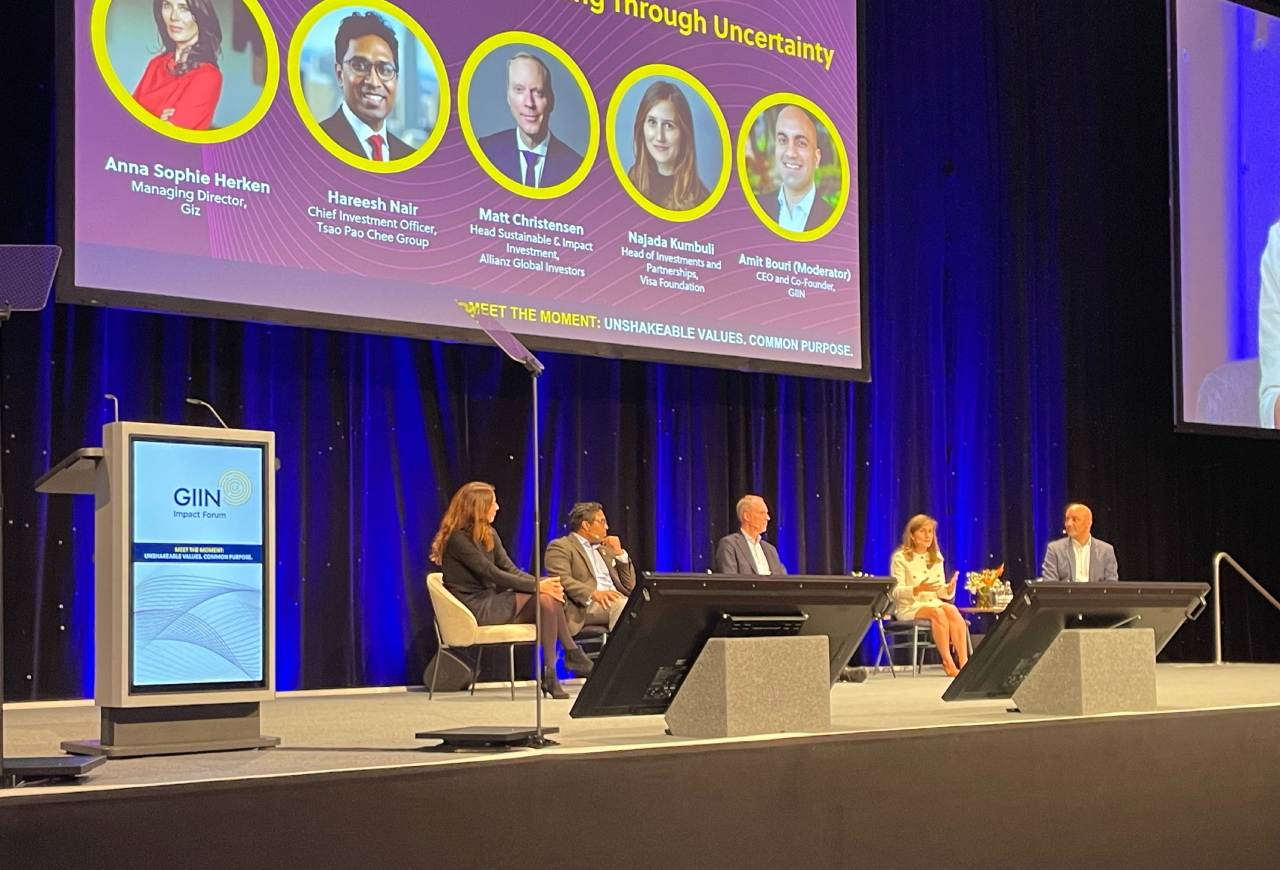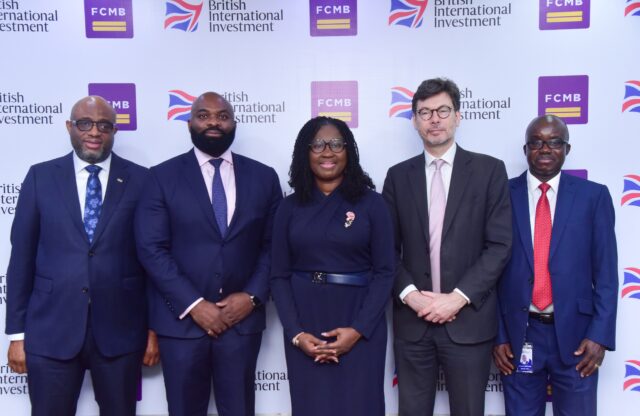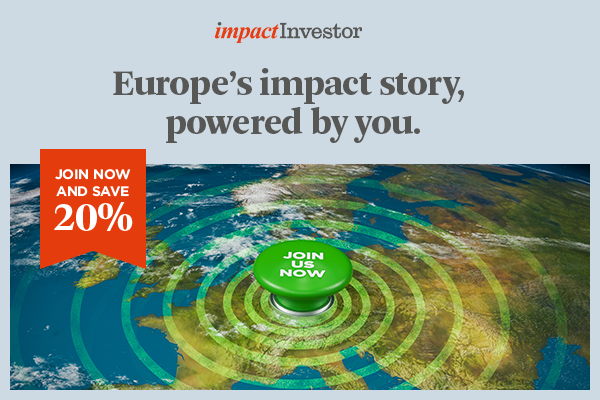The latest report by the Global Impact Investing Network reveals strong growth in impact-related private equity investments, with pension funds now supplying the largest pool of impact capital, reflecting greater institutional involvement.

The impact investing sector has seen a substantial rise in assets under management (AUM) this year, according to the Global Impact Investing Network (GIIN).
The State of the Market 2025 report, launched at the GIIN Impact Forum in Berlin today, revealed that AUM in impact assets within a sample group of respondents rose to $448bn (€385bn) from $249bn in 2024, and $129bn in 2019.
Amit Bouri, the GIIN’s co-founder and CEO, said: “This has been a year of rapid change and many challenges, but it has also revealed new opportunities for bold leadership and meaningful action. Across the impact investing community, we’ve seen leaders rise to meet this moment, directing capital toward solutions that improve lives and build a more sustainable future.”
The report’s findings were based on data gathered from 429 respondents who took part in the GIIN’s annual survey.
Investor confidence
Speaking to Impact Investor about the sector’s growth, Dean Hand, the GIIN’s chief research officer, said that much of the recent investment has focused on providing solutions to everyday problems that individuals and communities face. “They’re almost countercyclical in some kind of way,” said Hand.
GIIN reported that 72% of investors expressed satisfaction with the financial performance of their impact portfolios, while 90% reported satisfaction with their impact performance. Furthermore, 35% of investors said they believe they outperform their peers’ impact performance.
When considering an impact investment, 58% of investors ranked potential financial performance above potential impact performance on their list of priorities, the report found.
Addressing the audience at the Forum, Bouri said: “Over the past 16 years, our field has grown from a visionary idea to a credible, powerful industry. We now have a track record of mobilising over $1.5trn into solutions. We’ve shown that capital can be a force for good when it powers solutions, when it makes life better for people, when it makes our planet healthier and when it safeguards our future.”
Leading sectors and regions
The GIIN reported that impact investors are predominantly based in high-income countries (85%), particularly in North America and Western Europe, and tend to invest domestically.
Looking at allocations to sectors, financial services received 21% of sample impact AUM and energy received 20%, making them the top two sectors in 2025 in terms of AUM. Energy was the most targeted sector, with 57% of respondents making at least one investment, followed by agriculture and forestry with 55%, and financial services and healthcare, which both received 51%.
Challenges
Despite strong growth, investors highlighted several persistent challenges. The leading concern, selected by 62% of surveyed investors, was “impact washing.” Unsurprisingly, the current ESG backlash was also cited as a key issue.
Time and cost associated with data challenges were also flagged, along with macroeconomic pressures. In total, 91% of respondents cited inflation as a key challenge, while 88% pointed to economic downturns as a critcal issue.
Private equity drives growth
According to the report, investor allocations have become more sophisticated and mainstream since 2019. Impact investors reported a volume of capital invested of $49.8bn (€42.7bn) in 2024 and expect to invest $58.6bn in 2025.
Private equity allocations grew dramatically, rising from $15.2bn to $79.5bn, while private debt and public debt rose also saw substantial rises. Real assets nearly doubled, reflecting a shift toward tangible, climate-aligned investments, said GIIN.
The GIIN reported that the investor base has also evolved, with pension funds now supplying the largest pool of impact capital (35% of total AUM), growing at an annual rate of 47% since 2019. Furthermore, insurance company contributions increased even faster, at 49%, signalling a deepening institutional commitment. Meanwhile, family offices grew by 14% annually.
GIIN said these shifts indicate that impact investing is moving from niche to institutional mainstream.
Blended finance
The GIIN also said that while blended finance remains a smaller share of overall impact investment activity, it continues to serve a catalytic role in extending capital to underserved markets.
The organisation said that 31% of respondents have engaged in a blended finance deal during the reporting period. Among these, 69% said they aimed to channel funding to underserved markets, and 61% sought to align capital with SDGs. Around 44% reported having used blended finance to provide catalytic capital to de-risk transactions.
In total, 58 respondents reported they had invested $1.9bn across 4,083 transactions, with average execution timelines of just over two years. Senior debt was found to be the dominant blended finance structure, accounting for 39% of allocated assets.
However, only a quarter of investors said they had deployed concessional or grant capital, showing that traditional market-rate instruments remain popular even in blended models.
Methodology
The report was collated using analysis of two sample sub-groups comprising organisations that completed the survey in multiple years. The first group, a sample of 79 investors, contained survey respondents who participated in both the 2019 and 2025 impact investor surveys. The second repeat respondent group contained 164 survey respondents who participated in both the 2024 and 2025 surveys.






